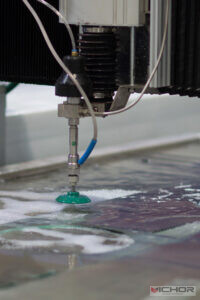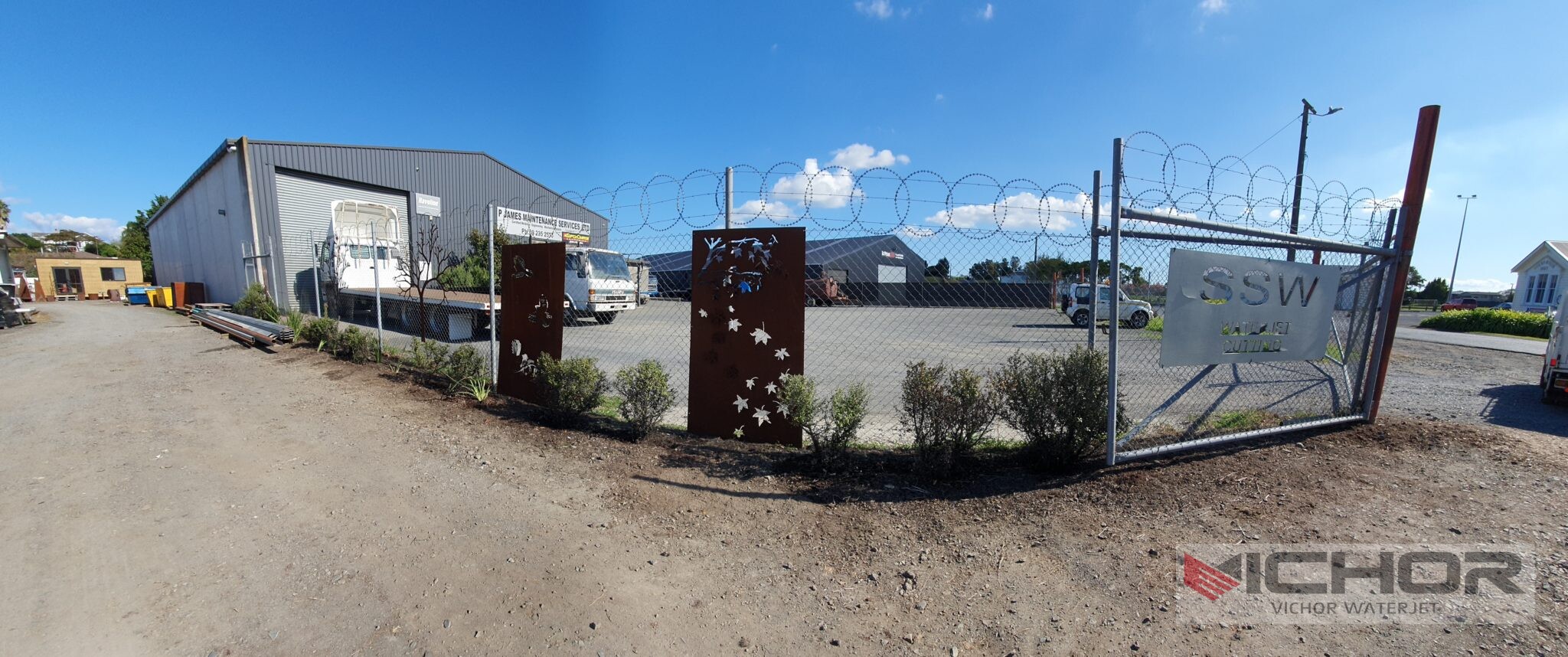
5 Revolutionary Benefits of a Portable Water Jet Tile Cutter for Modern Installations
The world of tile installation and stone fabrication is undergoing a quiet revolution. Gone are the days when complex cuts, intricate designs, and on-site customization required bulky, stationary machinery or laborious hand tools that often compromised on precision. Enter the portable water jet tile cutter, a groundbreaking piece of technology that brings the unparalleled power of water jet cutting directly to the job site, the workshop, or the client’s home. This innovation is changing the game for tilers, contractors, and artists alike. But what exactly makes this tool so transformative? This in-depth guide explores the five key benefits of adopting a portable water jet tile cutter, delves into how it works, and answers the most common questions potential users have before making an investment.
What is a Portable Water Jet Tile Cutter and How Does It Function?
A portable water jet tile cutter is a compact, mobile system designed to perform the same precise, cold-cutting action as its large industrial counterparts but in a much more flexible and user-friendly package. Unlike fixed systems that require tiles to be brought to a factory, this tool brings the factory to the tile.
The core technology remains the same, just miniaturized. The system typically consists of a mobile unit on wheels that houses the high-pressure pump, a water supply connection, an abrasive delivery system, and a CNC-controlled cutting arm or head. Ordinary tap water is pressurized by the pump to an extremely high level (though often lower than massive industrial pumps, around 40,000-60,000 PSI for portability). This pressurized water is then focused through a tiny jewel orifice (like sapphire) to create a ultra-thin, supersonic stream. For cutting hard materials like porcelain, ceramic, natural stone, or marble, a finely graded abrasive (usually garnet) is mixed into this water stream. The abrasive particles are accelerated to high speeds, enabling them to erode the tile material with incredible accuracy along a computer-guided path. The entire process is controlled via intuitive software, often operated from a tablet or a built-in touchscreen interface.
The Top 5 Advantages of Using a Portable Water Jet Tile Cutter
The adoption of this technology offers a multitude of benefits that directly address the pain points of traditional tile cutting methods.
Unmatched Precision and Complex Design Capability: This is the most significant advantage. A portable water jet tile cutter can produce cuts with tolerances within thousandths of an inch. It can effortlessly create intricate curves, sharp corners, detailed inlays, and perfect cutouts for outlets, pipes, and fixtures without chipping, cracking, or damaging the delicate glaze of the tile. This allows for the creation of complex mosaics and artistic designs that were previously impossible or prohibitively expensive on-site.
Ultimate Flexibility and On-Site Convenience: Portability eliminates the need for multiple trips between the job site and a remote fabrication shop. Measurements can be taken on location, and tiles can be cut immediately to ensure a perfect fit. This is invaluable for last-minute adjustments, customizing tiles around irregular obstacles, and performing renovations where dimensions are not perfectly square. The ability to work on-site drastically reduces project timelines and increases overall efficiency.
Superior Edge Quality with Zero Thermal Damage: Unlike angle grinders or wet saws that can burn, micro-fracture, or weaken the material through heat generation, water jet cutting is a cold process. It produces a smooth, satin-finish edge without a Heat-Affected Zone (HAZ). This means the structural integrity of the tile is maintained, and there is no risk of glazing damage that could lead to future cracks. The resulting clean edge reduces the need for extensive polishing or finishing, saving additional time and labor.
Enhanced Safety and Cleaner Work Environment: While safety protocols are always necessary, water jet cutting minimizes several common hazards. There are no high-speed spinning blades that can kick back or break, significantly reducing the risk of projectile injuries. The process generates no toxic dust (silica dust from stone and tiles is a serious health hazard), creating a much cleaner and healthier environment for the operator and building occupants. The primary byproducts are water and spent abrasive, which are contained and easier to manage than fine dust particles.
Material Versatility and Waste Reduction: A single portable water jet tile cutter can handle virtually any type of tile or stone material a contractor might encounter. From the hardest porcelain and granite to the most delicate glass mosaic and handmade ceramic, the same machine can cut it all. Furthermore, the incredibly narrow kerf (width of the cut) and the precision of CNC nesting software allow for optimal material usage, placing cuts close together to minimize waste and save on material costs.
Ideal Applications and Users for Portable Water Jet Cutters
This technology is not just for large corporations; it has practical applications for a wide range of professionals:
High-End Tile Installers and Contractors: Perfect for luxury bathrooms, kitchens, and custom showers that require complex patterns, precise cutouts, and intricate details.
Commercial Installation Firms: Ideal for large-scale projects like hotels, hospitals, and offices where speed, accuracy, and on-site adaptability are crucial.
Stone Fabricators and Monument Makers: Useful for creating detailed inlays in memorials, cutting natural stone tiles, and producing custom countertop elements on-site.
Architectural Artists and Designers: Empowers artists to create intricate tile murals and custom architectural features directly where they will be installed.
Renovation Specialists: Invaluable for remodeling jobs where existing structures are not plumb or square, requiring unique tile shapes to achieve a perfect fit.
Key Considerations When Choosing a Portable Water Jet Tile Cutter
Investing in this technology requires careful thought. Here are the main factors to evaluate:
Pump Pressure and Cutting Power: Determine the thickness and hardness of the materials you most commonly work with. Higher pressure (e.g., 60,000 PSI vs. 40,000 PSI) will generally cut thicker and harder materials faster.
Portability and Footprint: Consider the size and weight of the unit. Does it need to fit through standard doorways? Can it be easily moved by one person, or does it require a van or truck for transport? Check the wheel quality and overall maneuverability.

Ease of Use and Software: The user interface should be intuitive. Look for software that can easily import common design files (DXF, DWG) and allows for simple on-the-fly design adjustments. Touchscreen controls are a major advantage.
Operating Costs and Maintenance: Factor in the costs of consumables (abrasive garnet, orifice jewels, mixing tubes) and the availability of service and technical support. Understand the maintenance schedule for the pump.
Water and Power Requirements: Most portable units are designed to run on standard single-phase electrical outlets and can connect to a regular garden hose water supply, making them truly suitable for on-site work.
Frequently Asked Questions About Portable Water Jet Tile Cutters
Q1: How accurate and fast is a portable unit compared to a stationary industrial water jet?
A: While industrial jets may have higher top speeds and pressures, modern portable units are extremely accurate, often matching the precision of larger machines. Their speed is more than sufficient for tile work, though cutting complex designs in thick stone will naturally be slower than simple straight cuts.
Q2: Is the machine messy to use indoors?
A: Not when set up correctly. Portable systems are designed with containment in mind. They typically use a cutting tank or water-catching system to recirculate water and contain the abrasive slurry, making them remarkably clean for indoor use, especially compared to dust-generating tools.
Q3: What is the learning curve like for operating the cutter?
A: The software is designed for simplicity. Basic straight and curved cuts can be learned very quickly. Mastering more complex design software for intricate patterns may take some time, but most manufacturers offer comprehensive training.
Q4: Can it cut metals or other materials besides tile and stone?
A: Yes, the versatility of a portable water jet tile cutter is a key feature. While optimized for tile, it can also cut a wide range of other materials including thin metals (like aluminum or brass for decorative inlays), plastics, rubber, and foam, making it a incredibly versatile tool for diverse projects.
Q5: How does the total cost of ownership compare to traditional cutting methods?
A: The initial investment is higher than a wet saw. However, the ROI comes from reduced labor time (less measuring, marking, and fixing errors), less material waste, the ability to charge a premium for complex work, and the elimination of costly off-site fabrication fees. For busy professionals, the payback period can be surprisingly short.
The Future of Tile Cutting is Mobile and Precision
The portable water jet tile cutter is more than just a new tool; it represents a shift towards digitized, precision craftsmanship in the trades. It empowers installers to achieve a level of quality and creativity that sets them apart in a competitive market. As technology continues to advance, these machines will become even more user-friendly, efficient, and accessible. For any serious tile professional looking to elevate their work, increase efficiency, and tackle the most challenging projects with confidence, investing in a portable water jet tile cutter is a strategic move toward the future of fabrication.
continue reading
Related Posts
- 1615 words8.1 min read



